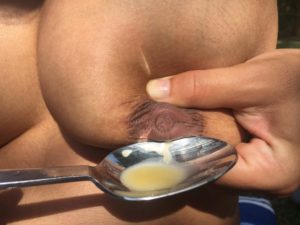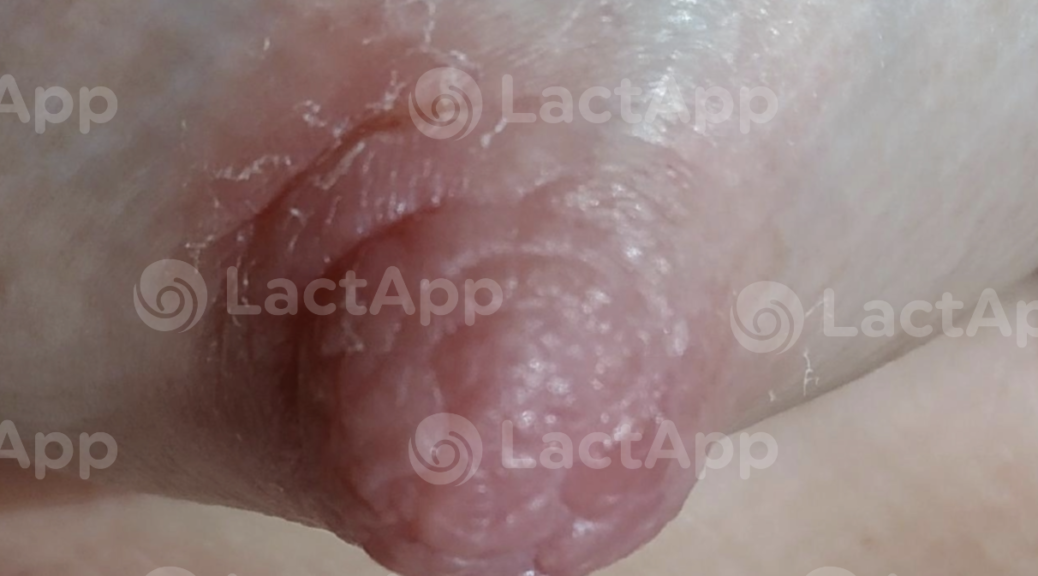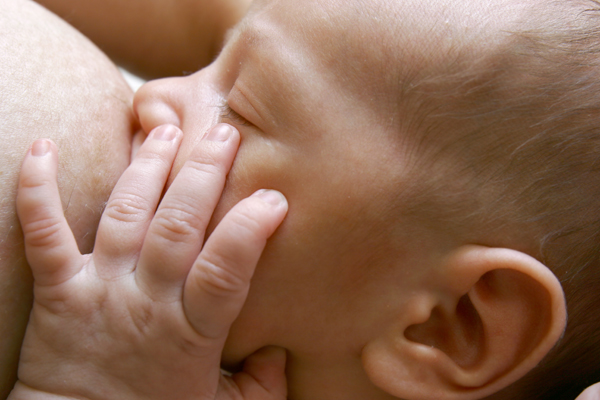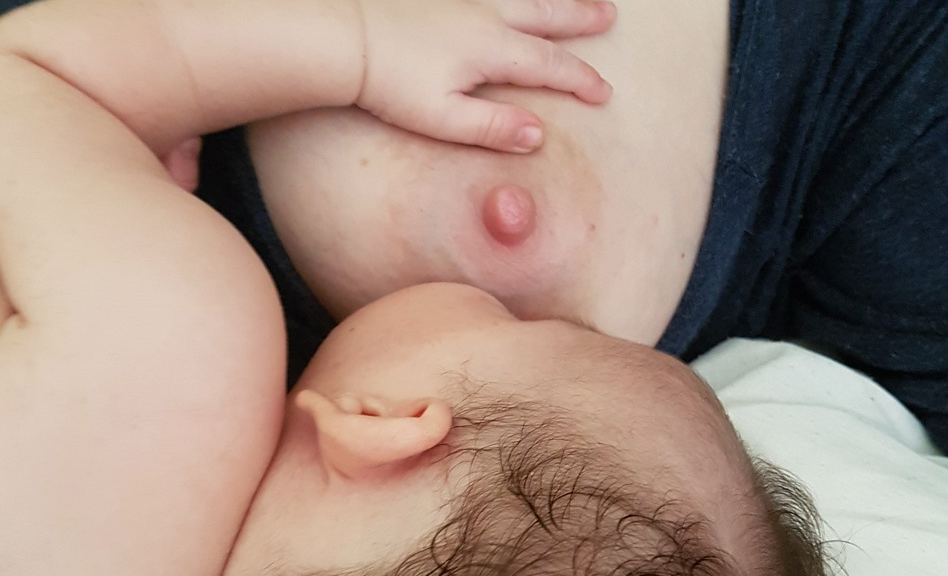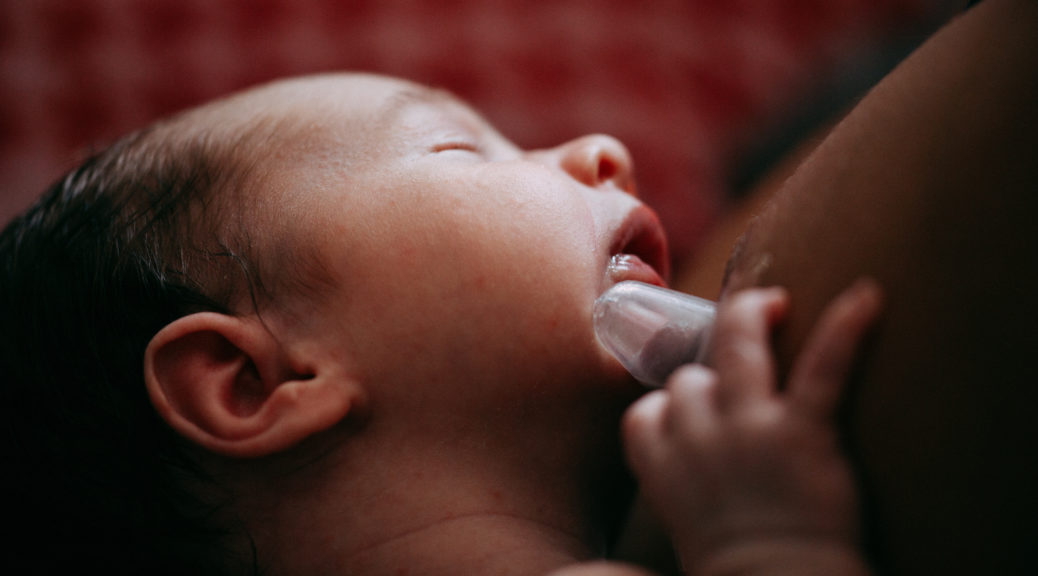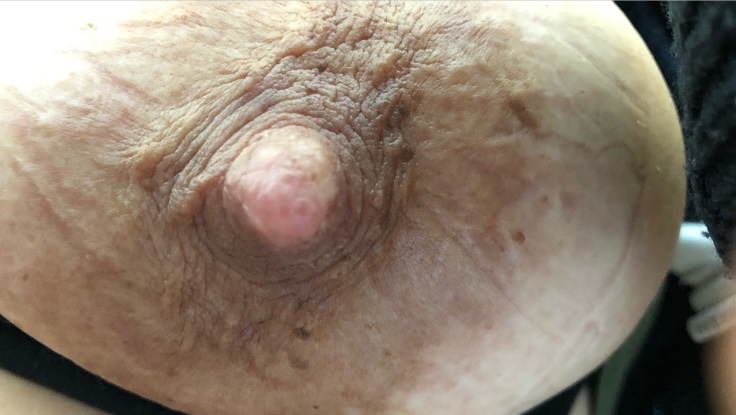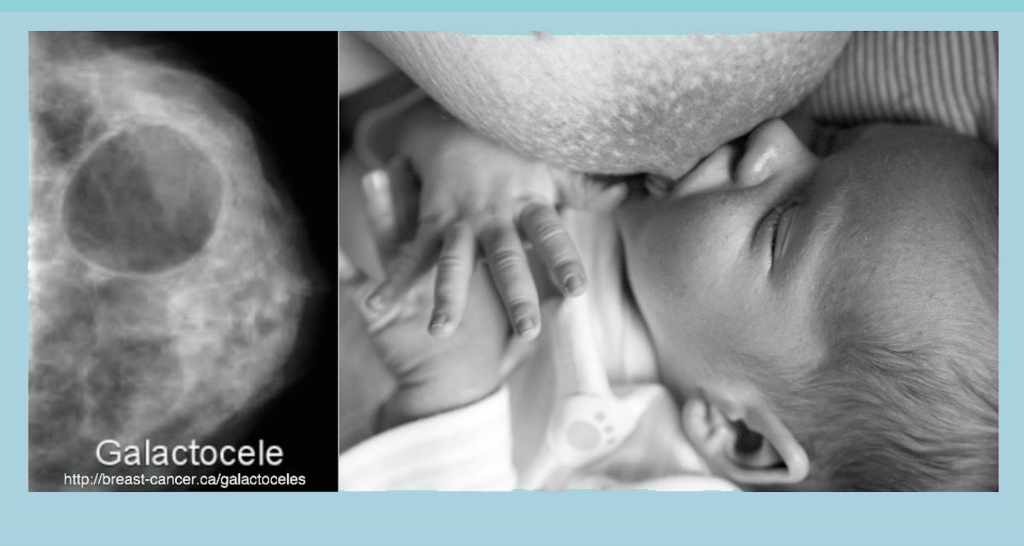Colostrum harvesting before birth
Colostrum harvesting before birth is a method that allows small amounts of colostrum to be collected during pregnancy, which, after the birth of the baby, can be given if necessary. This avoids the use of formula milk when supplementing is necessary. History of colostrum harvesting Although this may seem to be a fairly recent method, it is not. Until the late seventies and eighties, all women were encouraged to collect colostrum in the final stages of their pregnancy. Historically, the…
